Shooting with Feeling: My approach to Cinematic Images
Apr 18, 2025
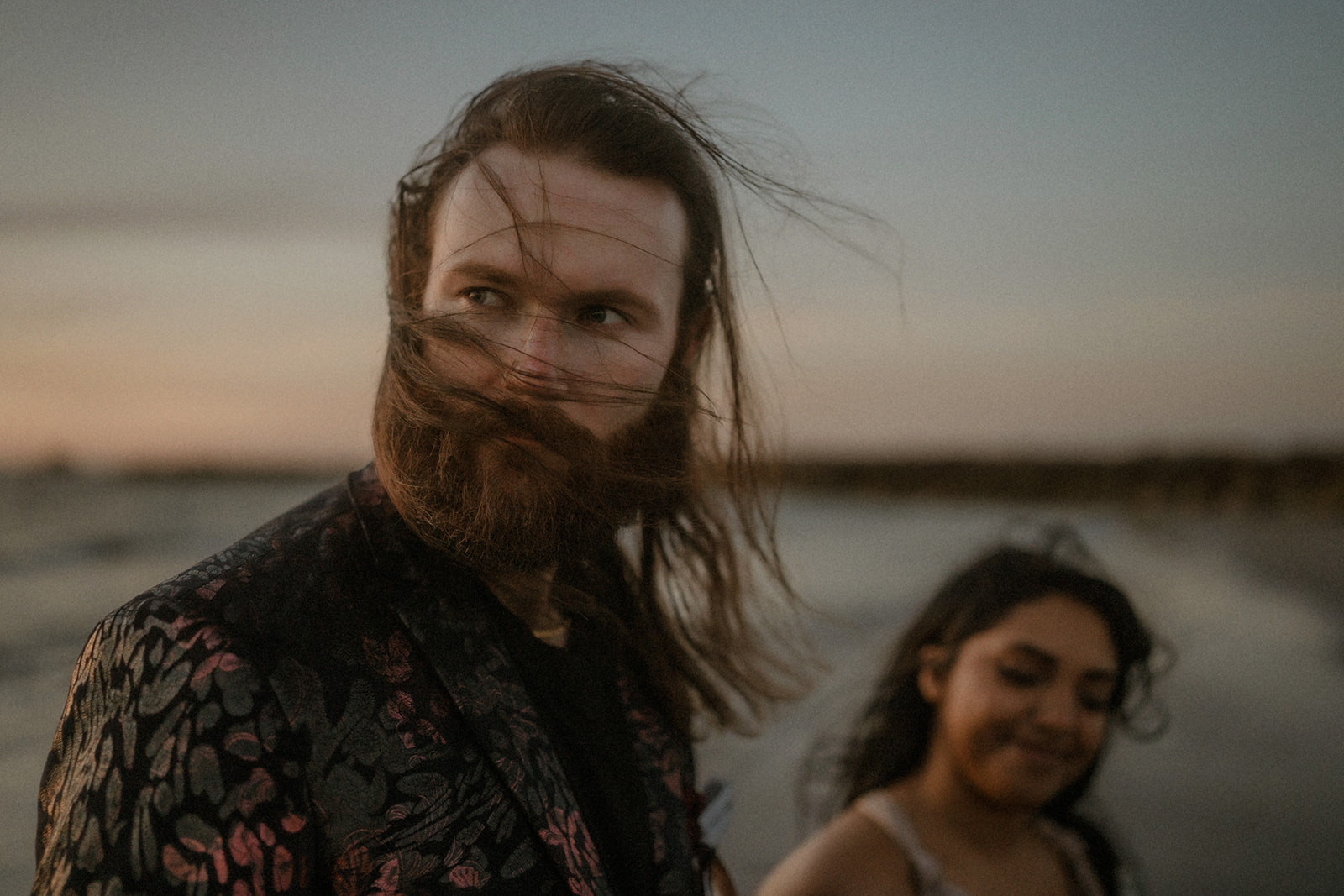
There’s something about a photograph that feels like a memory—that holds more than just what’s seen.
It isn’t about creating something polished or perfect, it never has been. For me, it’s about creating something that lingers through cinematic storytelling and emotive cinematic editing. Understanding how cinematic photography works is key to achieving this. Incorporating these cinematic photography and editing techniques can elevate your work to a whole new level.
Something felt.
In this journal entry, I’m sharing how I create cinematic images through intentional shooting and emotive editing. Whether you’re still finding your voice or refining your style, these photography tips are meant to help you create images that connect—visually and emotionally.
Start by noticing. That’s where the story lives.

Cinematic Photography Begins with Feeling—and with Light
First, when I arrive at a session, I’m already noticing.
It’s not just about the location or poses—but the mood. The movement of the wind. The way the light kisses a cheek or dances through the trees. This is where cinematic photography begins: in how we feel, and how we see.
Find the light that tells a story.
While golden hour is a favorite for its warm, diffused glow, I also find magic in other kinds of light.
- Early morning light has a quiet softness, a sense of calm that suits gentle storytelling.
- Late afternoon light, even when harsh, offers bold contrast and dynamic shadows that I love to lean into for emotion and drama.
- And blue hour—that brief time after sunset—holds its own magic. The glow feels cinematic in a way that’s both mysterious and nostalgic.
Natural light doesn’t just illuminate—it speaks. It sets the mood, reveals the moment, and helps me tell a story.
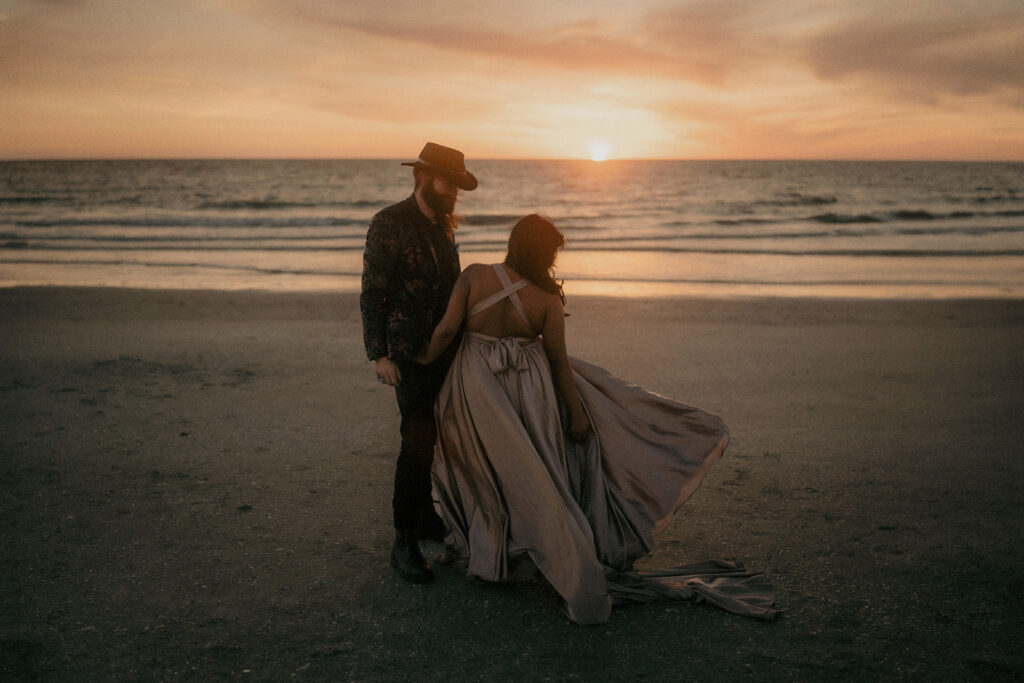
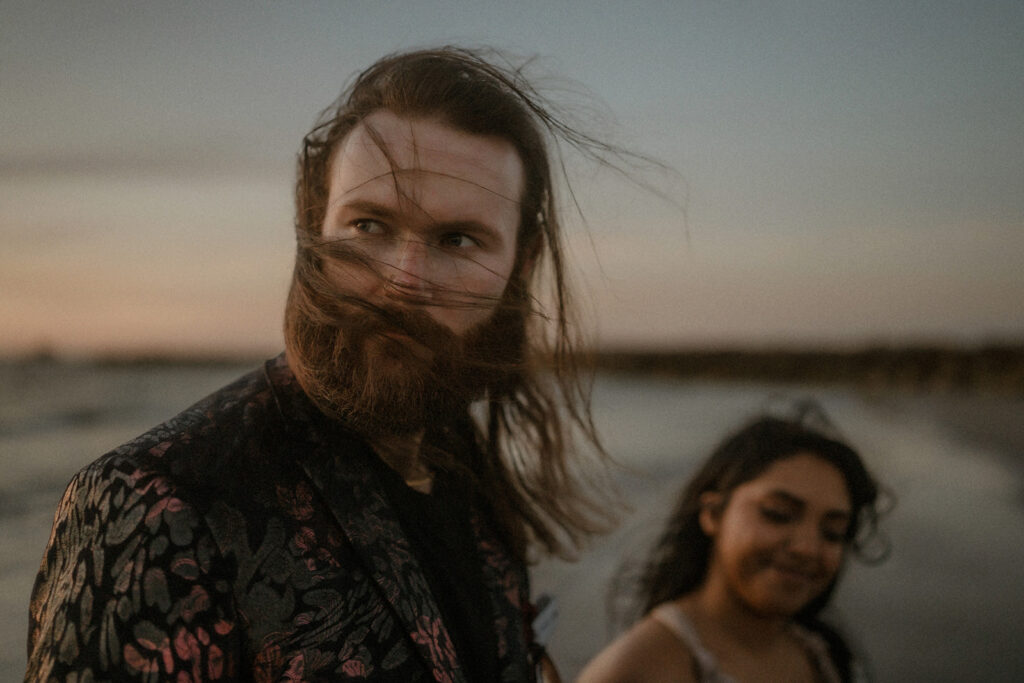
In-Camera Choices That Build Emotion
Cinematic imagery isn’t made in post—it’s created with intention in the moment. I approach each frame as if I’m directing a movie.
Here’s what I lean into when shooting:
Backlighting for warmth and haloed outlines
Shooting through objects—leaves, windows,—for that layered, dreamy feel
Shadows that shape and conceal, adding mood and mystery
Movement that brings life: fabric caught in the wind, footsteps in motion, hair moving
Framing like a storyteller, not a technician—because what’s left in the frame is just as powerful as what’s left out
These choices help me tell a story, not just take a picture.

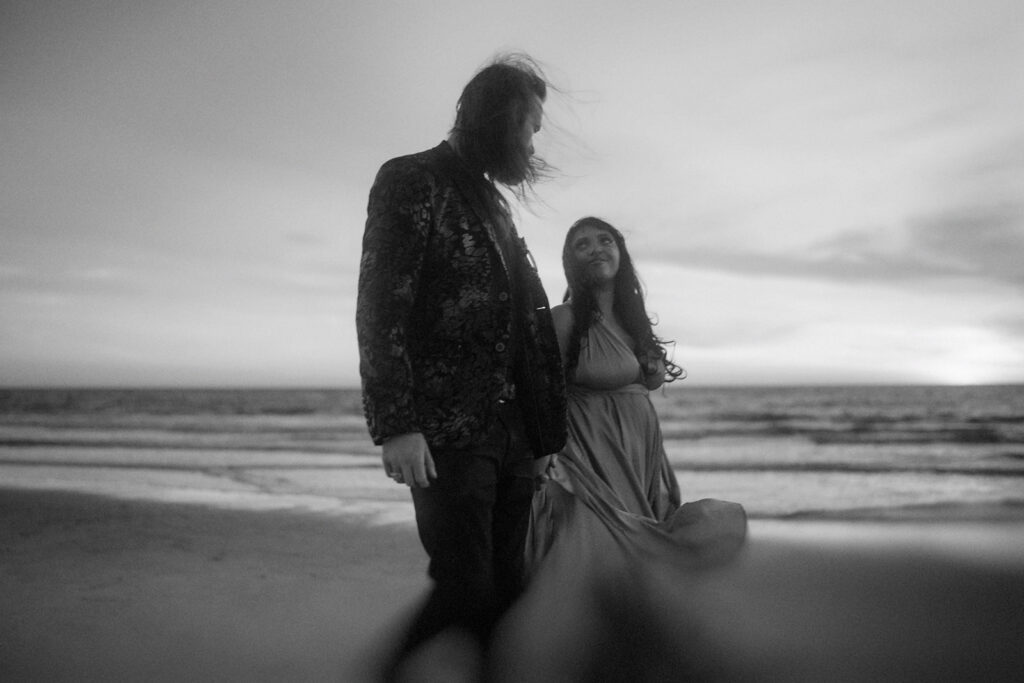
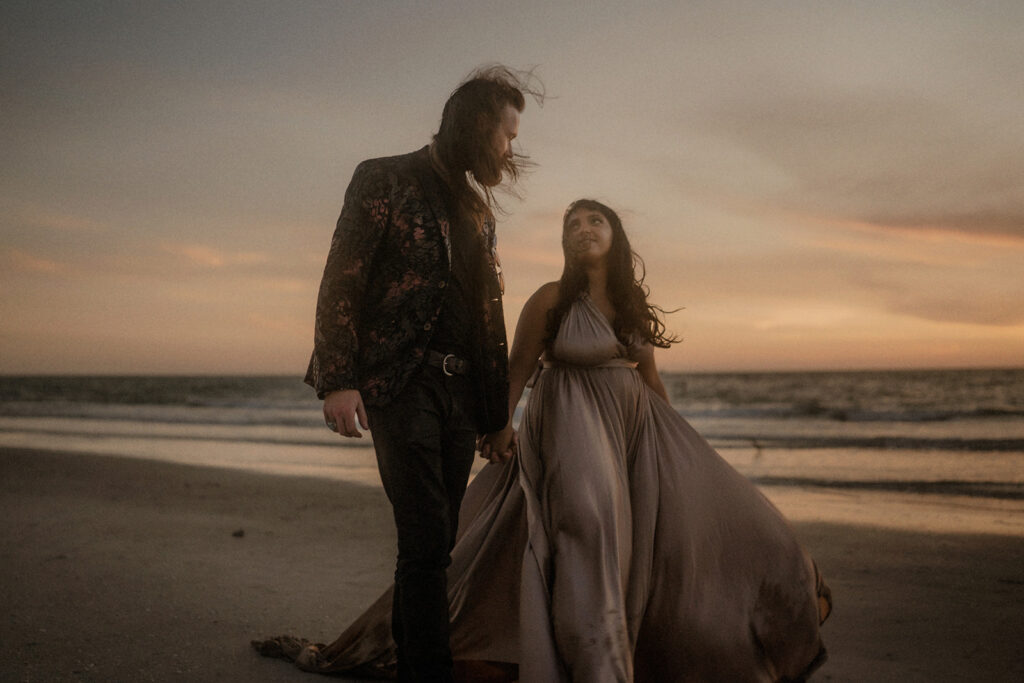
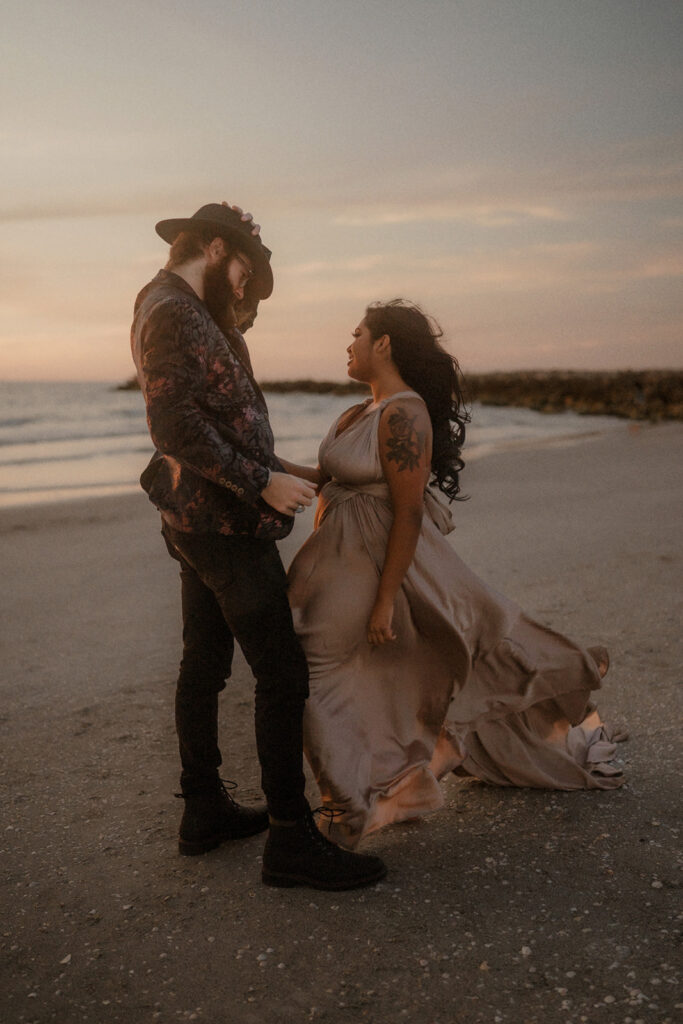

Editing with Emotion, Not Just Aesthetic
Once the session is complete, the editing process becomes my second act of storytelling. I don’t edit to correct—I edit to enhance the feeling already present.
Here’s how I approach cinematic editing:
- Soft highlights + deep shadows for a natural but moody contrast
- Color grading that leans into rich neutrals, golden tones, and earthy greens
- A gentle glow and grain, mimicking memory and nostalgia
- Occasional motion blur, for that fleeting, cinematic moment that mimics the movement already taking place.
It’s all about preserving the honesty of the moment, while adding just enough atmosphere to let it linger.
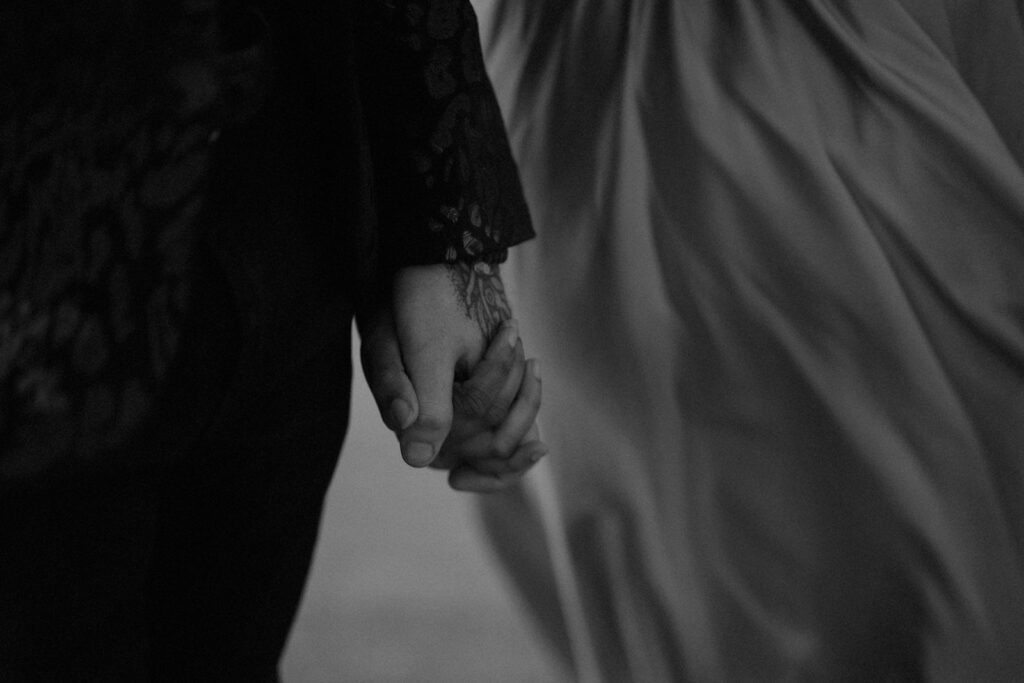
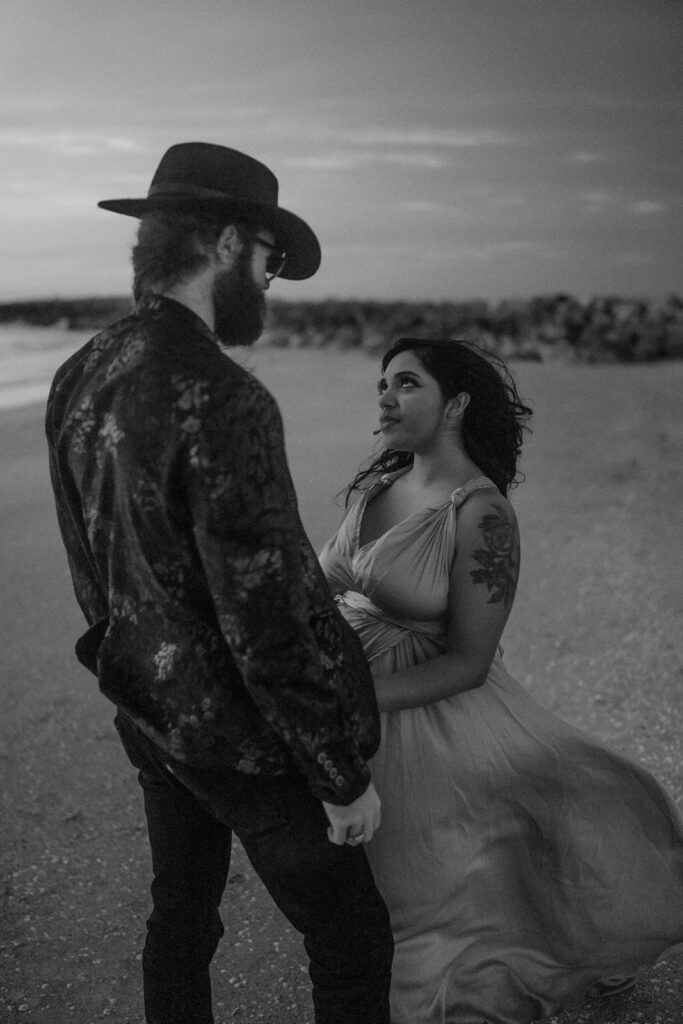
You don’t need to add emotion in post – you just need to preserve it.
Why Feeling Comes First in Cinematic Photography
The most cinematic photos don’t just look good—they feel like something.
They make you pause. They transport you.
When I teach photographers how to create cinematic images, I always return to this:
Let go of chasing a perfect look. Chase the moment instead.
That’s where the magic lives.
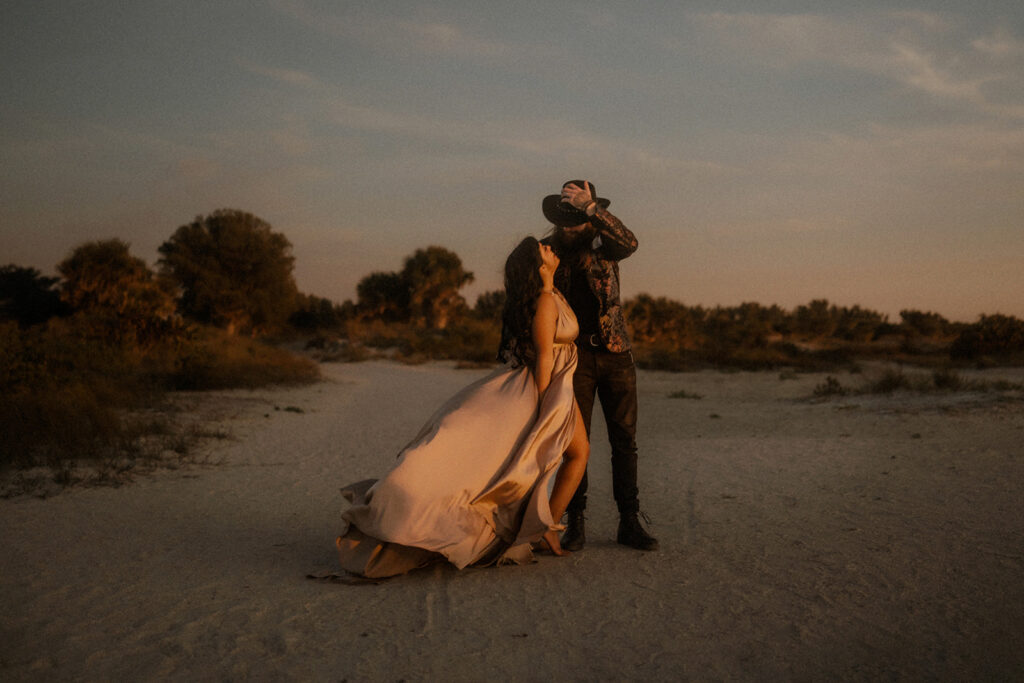
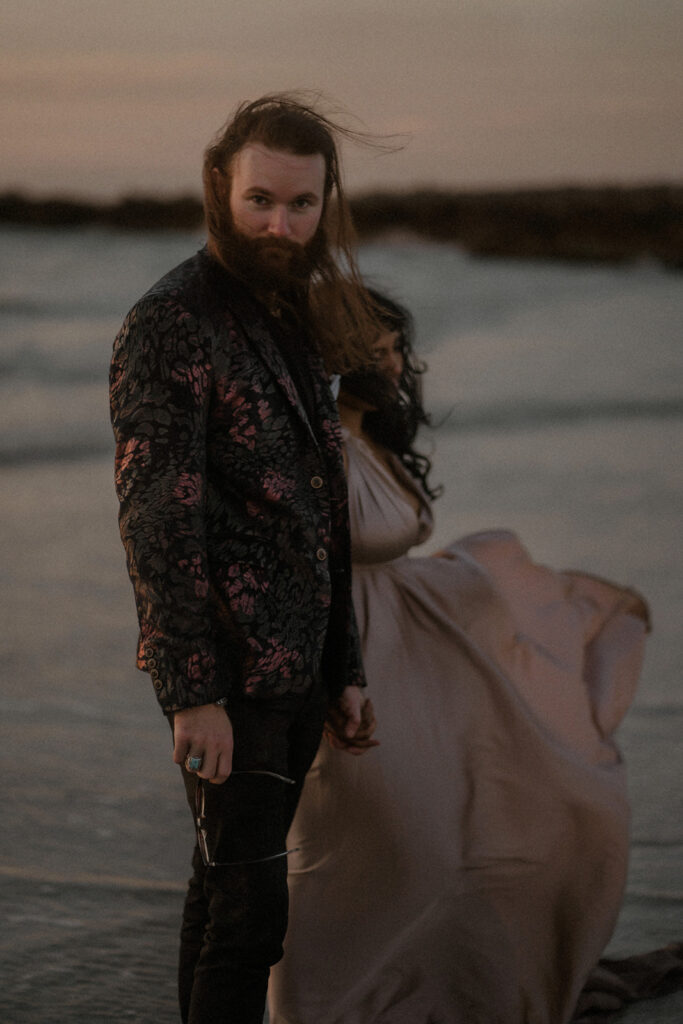
If You’re Just Starting Out…
Start by noticing.
Not the technical stuff—but how a moment feels.
Watch how the light shifts. Listen to the quiet. Notice the pauses between laughter. That’s where the story lives.
Shoot with feeling, not formula.

Final Thoughts
Cinematic photography isn’t about a trend or a preset—it’s about presence. It’s about storytelling. It’s about the art of noticing, of shaping a moment with care and intention.
So the next time you raise your camera, ask yourself:
Am I creating something that will be felt—not just seen?
Looking for more storytelling and cinematic photography tips?
Check out my journal entry where I cover what gear I use to create my cinematic images – UNMASKING THE MAGIC
Follow along on Instagram @clearwaterphotographer – Or save this post for later—it’s a guide you’ll want to come back to.
Be the first to comment